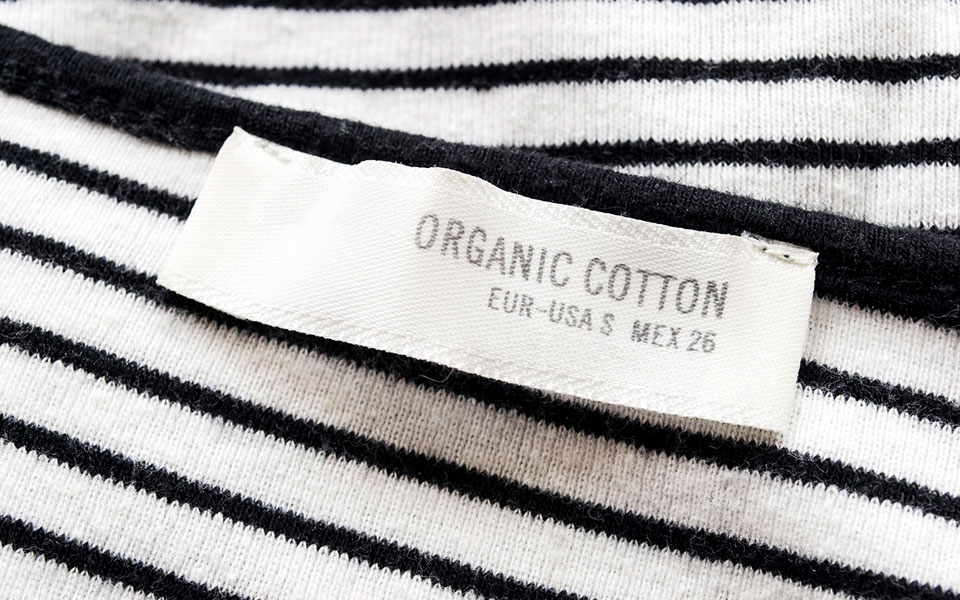We surveyed a bunch of runners recently and posed this question: “As a runner, how do you make sure you’re pursuing your favourite hobby from a green perspective?” We were met with shrugs, head shakes and a few shoulders shrugs, too. For some reason, being green didn’t seem to compute with running—until we reminded each person that they were likely already taking a green approach to running and we proved it by making the points stated below. Chances are, you will identify one or more actions that show the world your green side, so see how many you already do! The number may surprise you.
1. Buy Green Gear
It’s not as difficult as you may think to research corporations that manufacture and market the shoes, clothing and accessories you wear all the time to compete or train. Look for responsible, philanthropic affiliations, labour law offences and the use of raw materials in the manufacture of items stowed in your closet to find the ones that won’t spend the next 1,000 years in overcrowded landfills!

2. Don’t Run on Unmarked Turf
You may find an area that’s open to the public, but it may not necessarily be a place gardeners, landscapers and designers want you to traverse because the terrain could be in the midst of sprouting fragile plants, groundcover or grass, or the soil itself could suffer from the pressure of repeated impact from runner’s shoes. Instead, stick to areas set aside for runners—there are plenty of them in Singapore.
3. Register for Events Online and Send Electronic Payments for Fees
Every time you go paperless and avoid using paper, stamps, checks and envelopes, you make a green statement that pays tribute to ecology, and when you find a race organisation handling registration via the Internet, you will know you’ve found a kindred spirit. Online transactions are safe and quick, so you not only avoid using finite resources but you’ll get your confirmation back fast so you can start making your race plans.
4. Use Low-Phosphate and Other Earth Friendly Products
Not every laundry and cleaning product is made with chemicals that respect water supplies, so take the time to read labels and undertake research on the makeup of the contents of cleaning and laundry agents. It took decades for concerned consumers and manufacturers to come to the realisation that laundry softener dryer sheets never break down in landfills, which is why they’re rarely found on store shelves these days.
5. Support Local Food Producers
Hot button issues like wasted groceries, dumpster diving and unconsumed food that’s thrown away while it’s edible has become a hot media topic, but your nutrition awareness quotient may be higher than most because you’re a runner. Patronize local food producers for healthy produce. Shop often and buy only what you plan to consume. Buy meat, eggs and dairy as close to the original source as possible to avoid ingesting pesticides, hormones and chemicals. Belonging to a food co-op is one of the best ways to support the conservation of Mother Earth’s delicious gifts.

6. Don’t Buy Every Gadget on the Planet
It’s tempting, right? Smartphones that do everything but lace up your running shoes are no science fiction. Body monitoring gear that alerts you when you’re not burning enough calories is available now. In a green world, few of these gadgets are necessary to put your heart and soul into your passion for running, so it’s wise to think twice before splurging on a new heart monitor when the one you already own is doing a fine job of it. Further, when you draw up birthday or Christmas wish lists, you can ask that donations to green causes be made in your name rather than buying you one more piece of technology.
7. Spread the Word
It’s easy to become an unofficial green ambassador once you develop a philosophy and concern for conservation and eco-friendly living. Live by example; share your thoughts on green technology, innovations and green living with fellow runners and show that you’re a steward of the Earth by demonstrating that concern. Start by picking up paper, plastic and other recyclable refuse you encounter on trails and roads you frequent and then graduate to bigger demonstrations of your commitment, like composting.
8. Support Races and Marathons Staged by Greenies.
If you’re conflicted about which races to enter and have finite resources, conduct background checks on races you consider to see if you can build a green profile for each sponsor and organizer. Simple gestures reveal the truth: Do race organisers use the Internet for registration, publicity and information or do they insist on flyers, brochures, displays and materials that require paper, ink and other resources? As a concerned runner, identify sponsors and organisations committed to saving natural resources and then share that information with your circle of runners so they can support these races, too.
9. Recycle Your Gear
Everything in your closet—unless it’s ripped, torn or otherwise degraded to the point it can’t be rehabilitated—is a candidate for recycling and you might be surprised to learn how many places are happy to take your old trail shoes, for example, once you’ve fallen in love with the newest style on the market. Second-hand stores, thrift shops, churches and schools located in low-income or impoverished neighbourhoods would welcome your gently-used cast-offs. Auxiliary to your responsibility and kindness, imagine this: suppose a kid who had no interest in running was given proper shoes and he turned into a track star thanks to your generosity? Think about it.
10. Become a Spokesperson for the Earth
If you attain some measure of influence in your community and on the running circuit, use it to your advantage. Wear “save the earth” t-shirts when competing and donate your name and resources to events focused on environmental awareness. Why not recruit your running club to help you spread the word? You might be surprised by the number of opportunities that come your way to speak out on this issue. Take every one of them to heart.
11. Go Vegan or Vegetarian
It’s easier than you think. Buy top quality produce, pair beans with rice to get complete proteins, and eat lots of nuts and plenty of fruit. If you can’t live without dairy, skip the “vegan” designation and become an ova-lacto vegetarian or just eliminate red meat from your diet. Making this change gradually is a great way to help reduce pollution and carbon emissions from factory farms, and morph from carnivore to herbivore!
12. Become Your Own Water Source
Buying plastic bottles of water may be convenient, but the number of plastic bottles in landfills, on ocean floors and littering beautiful landscapes is enough to make an ecologically-minded runner break down and cry. Acquire a reusable bottle or two, fill up frequently from your tap or water fountains and urge your friends to do the same.

13. Utilise Public Transport
Start your runs from home or your office to eliminate the need for transportation other than your nicely-shod feet! By starting runs from either place you get in some extra workout time that can help build your endurance and add a daily two-way commute to your weekly total.
Take public transport to and from marathons and athletic events so you don’t introduce additional carbon emissions into the air. A bus means you can eliminate the stressor of finding a parking space, too. If public transportation isn’t convenient, get on the Internet to arrange for or start a carpool—though if you wind up driving, that parking situation will remain problematic.
14. Love Nature
Your mum already instructed you to pick up after yourself, so as a tribute to her, please don’t litter or otherwise trash, damage or destroy any aspect of nature when you undertake conditioning or competitive trail runs. Commit to helping clean up local trails used by people who aren’t as responsible as you are, and you can always adopt the road on which you like to run as a public service to other runners!
It’s easy to talk about responsibility for our fragile earth. It’s another thing to do something about it. Would you tell us what actions you take on a daily basis to make sure you contribute to the world’s green scene? Further, we’d like to ask a second question: Has this article predisposed you to make some changes in your habits?




